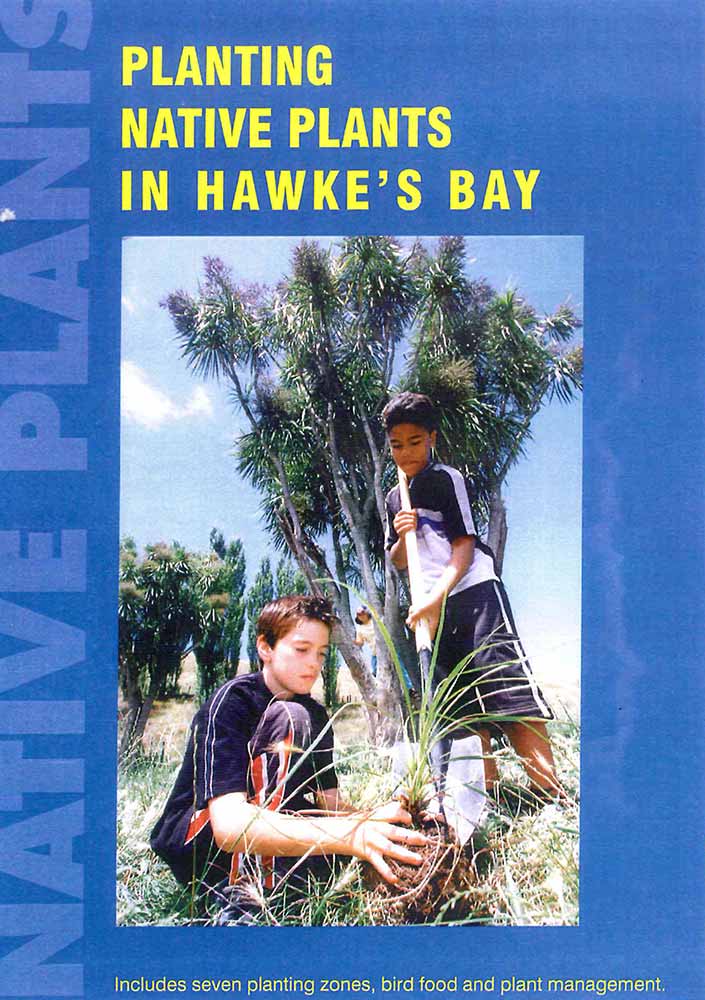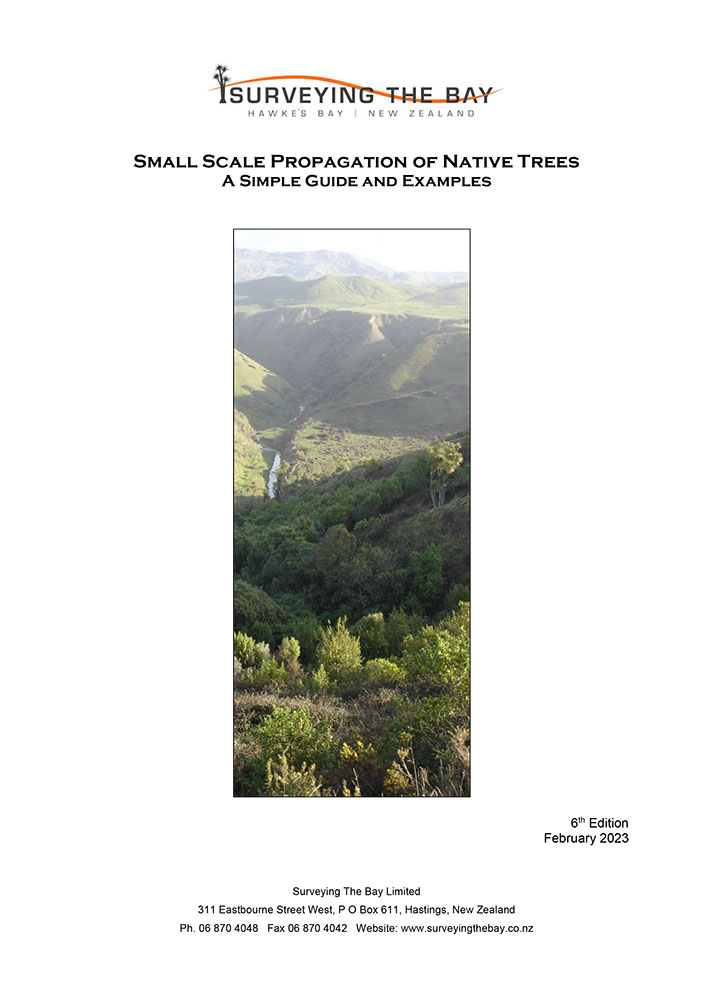We like trees…
“Up in the hills, the people began to plant trees. Papatuanuku stirred from her melancholy as she felt the roots of her cloak being restored”.
Surveying the Bay feel fortunate to have been involved in a number of development projects which include a revegetation or restoration component. Improved aesthetics and amenity, integration of development into the landscape, carbon storage and restoration of natural habitats are all “feel good factors” which come with native bush. Native revegetation is adding significant value to many developments we are involved with, particularly Farm Park and Rural Residential projects.
Erosion, gravel and silt choked waterways, loss of topsoil, increased water runoff and loss of bird and insect life are all signs that large parts of Hawkes Bay should have been left in their natural vegetated state.
The benefit to the land and the added value for our clients make revegetation consistent with the Best Practice approach of our company. We have been actively researching and implementing the propagation of native trees since 2005 but had difficulty finding easy to follow guidelines. In 2008 we produced a simple summary of our work to assist others with the small-scale propagation of a number of native tree species.
We are not experts in this field and this is not an income stream for us. Many of our trees are gifted to community projects or to developments we are involved in, others we plant at our homes. We do not sell trees.
A key motivator for the work of Surveying the Bay is the pride we feel when we return to projects long after our professional involvement is complete. The establishment of even small patches of native bush can only add to that pride and we look forward to watching these trees grow, as “our” developments mature, well into the future.
Our guidelines, along with the Hawkes Bay Regional Council publication “Planting Native Trees in Hawkes Bay” should tell you all you need to know to get you started. Click on the download buttons below to get your copy of each booklet in PDF format (files 4-8 Mb) – then get planting!


